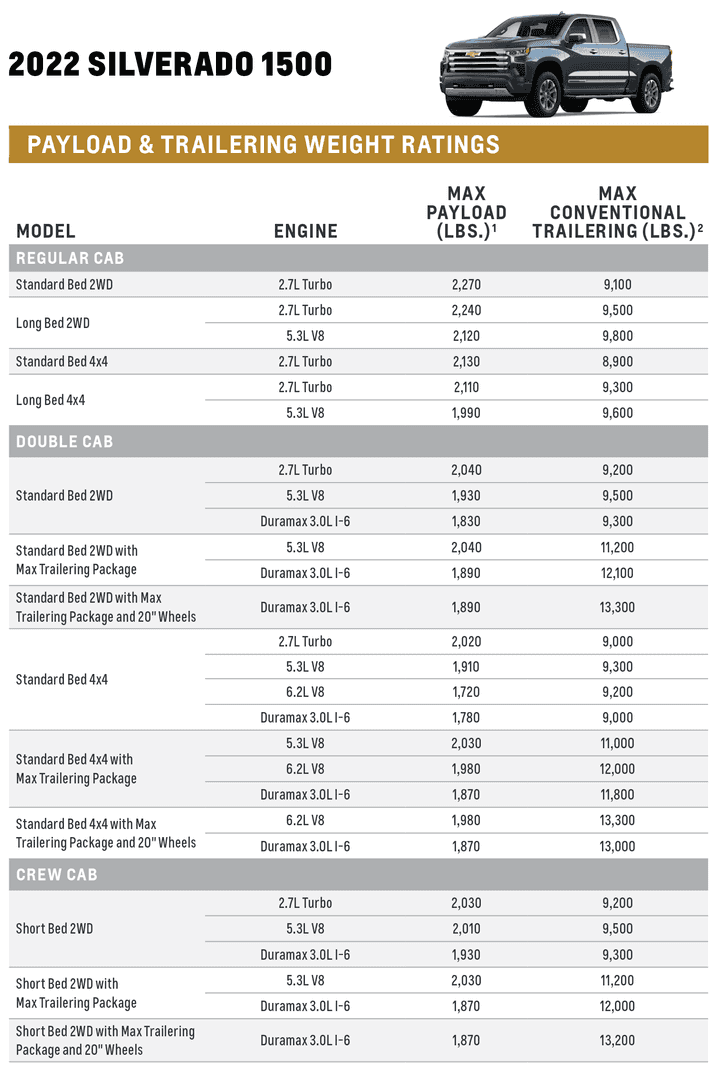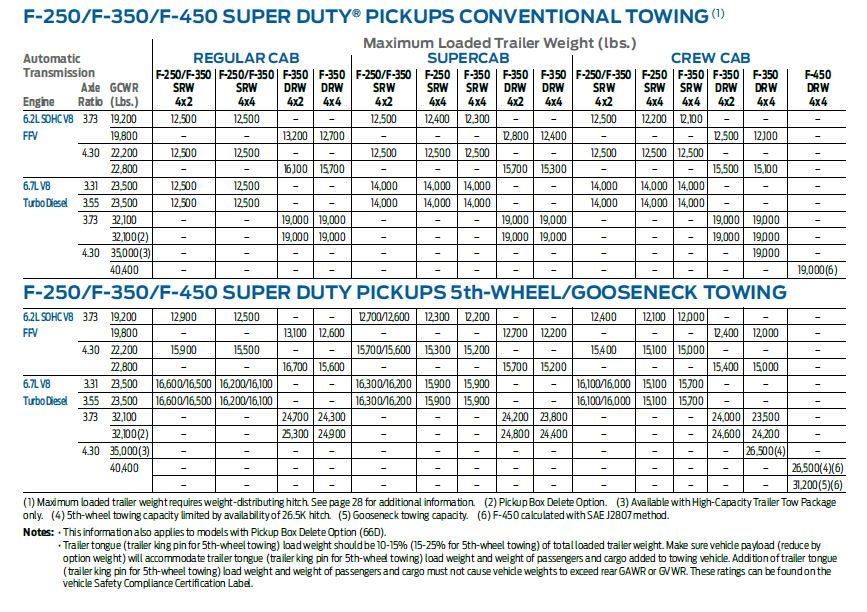Fuel Tank Capacities for Long Haul Trucks and How to Maximize Range
Truck drivers need to carry sufficient fuel to complete long journeys while balancing weight restrictions and costs. This article explores common fuel tank sizes used in commercial trucks and strategies to make the most of available capacity.
Fuel Needs Depending on Job Type
Short haul trucks have different fuel requirements than those traveling cross-country. Local delivery vehicles do numerous stops over short distances, allowing frequent refueling. These trucks typically carry 240-300 liters in a single tank. Operators prioritize payload over range since trucks return to base each day. For long-distance haulage, maximizing fuel capacity is important. One driver discussed hauling frozen goods and beef coast-to-coast in the 1970s. With 2000 mile round trips, the company specified 300 gallon (1136 liter) tanks allowing non-stop trips between Midwest and East/West coasts. Carrying bulk fuel in large rural distances saved money versus multiple fill-ups.

Tank Sizes for Various Truck Models
Tank sizes vary by model, role and country. In the UK, legal maximums reach 1500 liters but most long-haul trucks use 900-1200 liter tanks. An Australian discussed a 1100 liter setup including a 200 liter reserve tank. Recent refrigerated trucks often have two 700 liter tanks for 750km trips. Several North American drivers mentioned 320-400 liter “day tanks” for local work. One upgraded his truck to handle 34,000 pound loads using two 280 gallon (1058 liter) tanks for 3000 mile range. European drivers typically manage on smaller 240-300 liter tanks for short trips returning to base daily.
Optimizing Available Fuel Capacity
Various strategies help trucks make the most of on-board fuel. Route planning with fuel price tracking tools like GasBuddy can identify cheaper fill-ups hundreds of miles away. Aerodynamic modifications like trailer skirts and rounded cab front sections improve fuel efficiency, extending range. Adjusting axle configurations sometimes allows extra space for larger or dual tanks. One owner converted his truck to carry more weight on fewer wheels, gaining room for 1058 liters. Maintaining consistent tire inflation and keeping the vehicle clean also improves miles per gallon. Proper tire pressure can boost fuel economy over 3%.
Fuel Capacity Considerations for Vehicle Upgrades
When upgrading trucks, choosing the right tank capacity requires weighing factors like average trip length, payload needs and available space. Larger tanks yield longer range but reduce carrying capability due to extra weight. For local distribution fleets, keeping day tanks under 300 liters ensures enough payload for multiple deliveries. Mid-range tanks in the 500-700 liter class suit regional operations within North America. Long-haul international runs may require 1000+ liter tanks to minimize fuel stops across borders or through remote areas. Reserve tanks offer peace of mind for any breakdowns far from the next station. A 200 liter auxiliary cell extended one driver’s range by hundreds of miles in outback Australia. Fuel tank placement must also leave room for any future vehicle modifications like extra axles or compressor units. Proper space planning maximizes flexibilty.
Maintaining Fuel Delivery Systems
Like any vehicle component, fuel systems need routine checks. Water contamination and dirt introduction can damage pumps and injectors over time. Many drivers perform regular tank drain-and-clean cycles to flush out sediment. Full tank desiccant filters further prevent moisture issues, especially important for trucks using biodiesel fuels.
Catch cans screen out particle buildup from the tank outlets, protecting sensitive injection components. Drivers should also check for any pending vehicle recalls regarding fuel delivery parts. Signs like unstable idle or reduced power could signal blockages needing attention. Proper maintenance extends tank and pump service life for maximum lifetime fuel capacity.
Conclusion: Optimizing Capacity within Operational Needs
For any commercial truck, the ideal fuel tank configuration balances the requirements of each operation with efficiency goals. Short-haul vehicles prioritize cargo density over range while long-distance haulers maximize fuel capacity. Strategic planning of tank sizes, auxiliary cells and maintenance practices keeps heavy-duty trucks moving product across all industries at their lowest cost-per-mile. With the right capacity setup, every gallon goes further.
